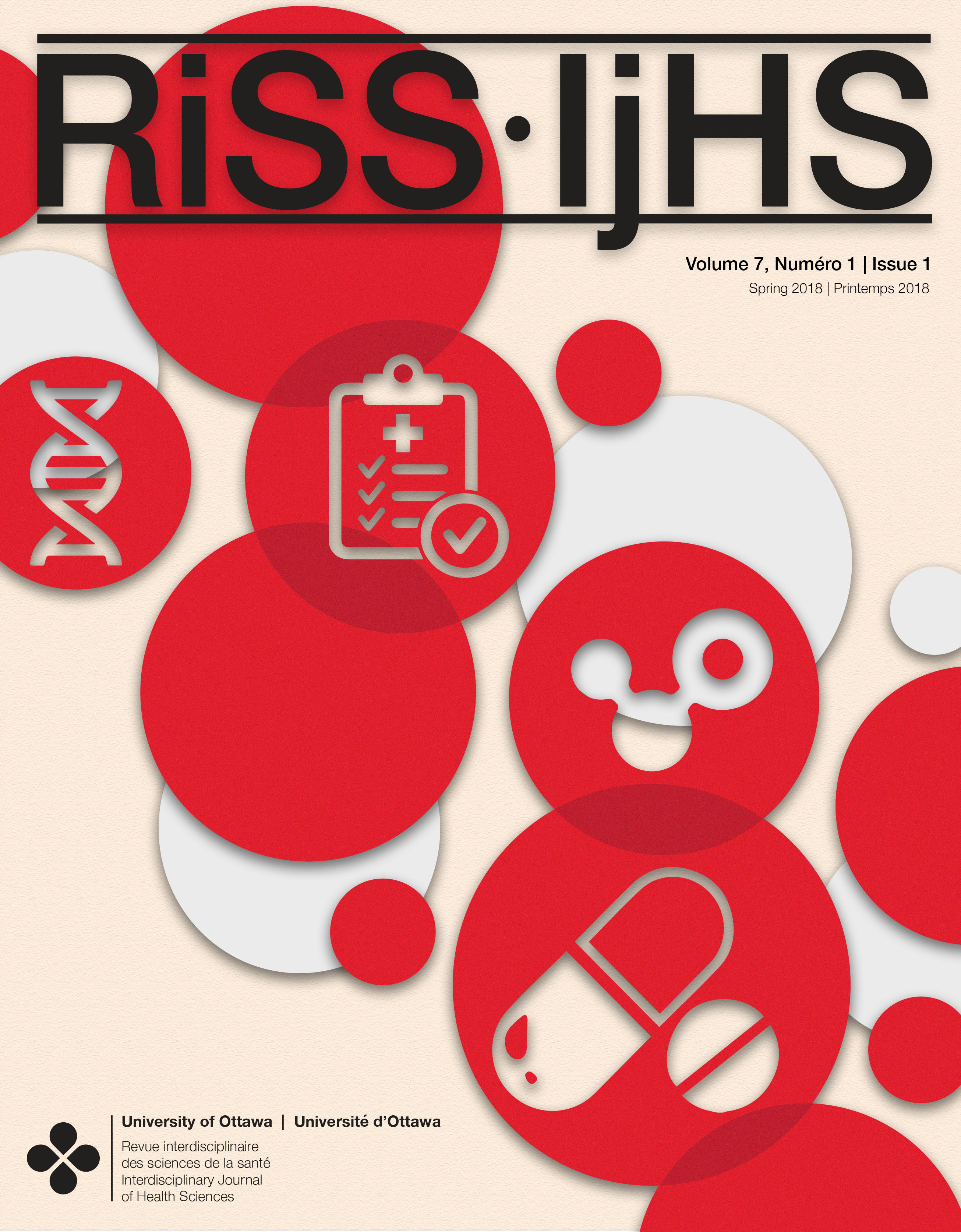An Interdisciplinary Population Health Approach to Radon Health Risk Management in Canada
DOI:
https://doi.org/10.18192/riss-ijhs.v7i1.1872Abstract
Radon is a known carcinogen found in indoor air that exists at higher than the federal reference level (200 Bq/m3) in about 10% of Canadian homes. Every year, over 3,000 people die from radon-induced lung cancer, which accounts for 16% of annual lung cancer deaths in Canada. Radon is the leading cause of lung cancer deaths among non-smokers and is second among smokers. Children, women, and smokers from lower income groups are disproportionately affected. Although the Federal Government has reset the guideline (from the previous 600 Bq/m3 down to 200 Bq/m3) and provincial governments revised the building codes to limit exposure, there remain controversies with the latest scientific development in adopting strategies of radon management in Canada.
This review applies an Integrated Population Health Framework to look at the relationships and interactions between population health determinants such as biology and genetics, environment and occupation, and social and economic factors, that influence the health risk of radon. The evidence gathered supports policy analysis with the application of ethical and risk management principles that lead to the identification of efficient and affordable broad-based and population-level preventive strategies. The final inferences enhance the framework by adding critical intervention modalities to Health Canada’s National Radon Program.
Downloads
Published
Issue
Section
License
- All authors published in the IJHS will retain copyright of their article.
- Authors grant the IJHS the right of first publication of their submitted articles.
- All articles published in the IJHS are licensed under a Creative Commons Attribution License that allows others to share articles if original authors and journal of initial publication are acknowledged.
- The IJHS is published online and in print, therefore the journal is not responsible for any unauthorized misuse of published content in either electronic or print form
- The IJHS retains the serial distribution rights to all contents
- It is the responsibility of the authors and not the IJHS to ensure proper permissions for all cited work have been obtained


